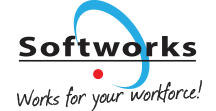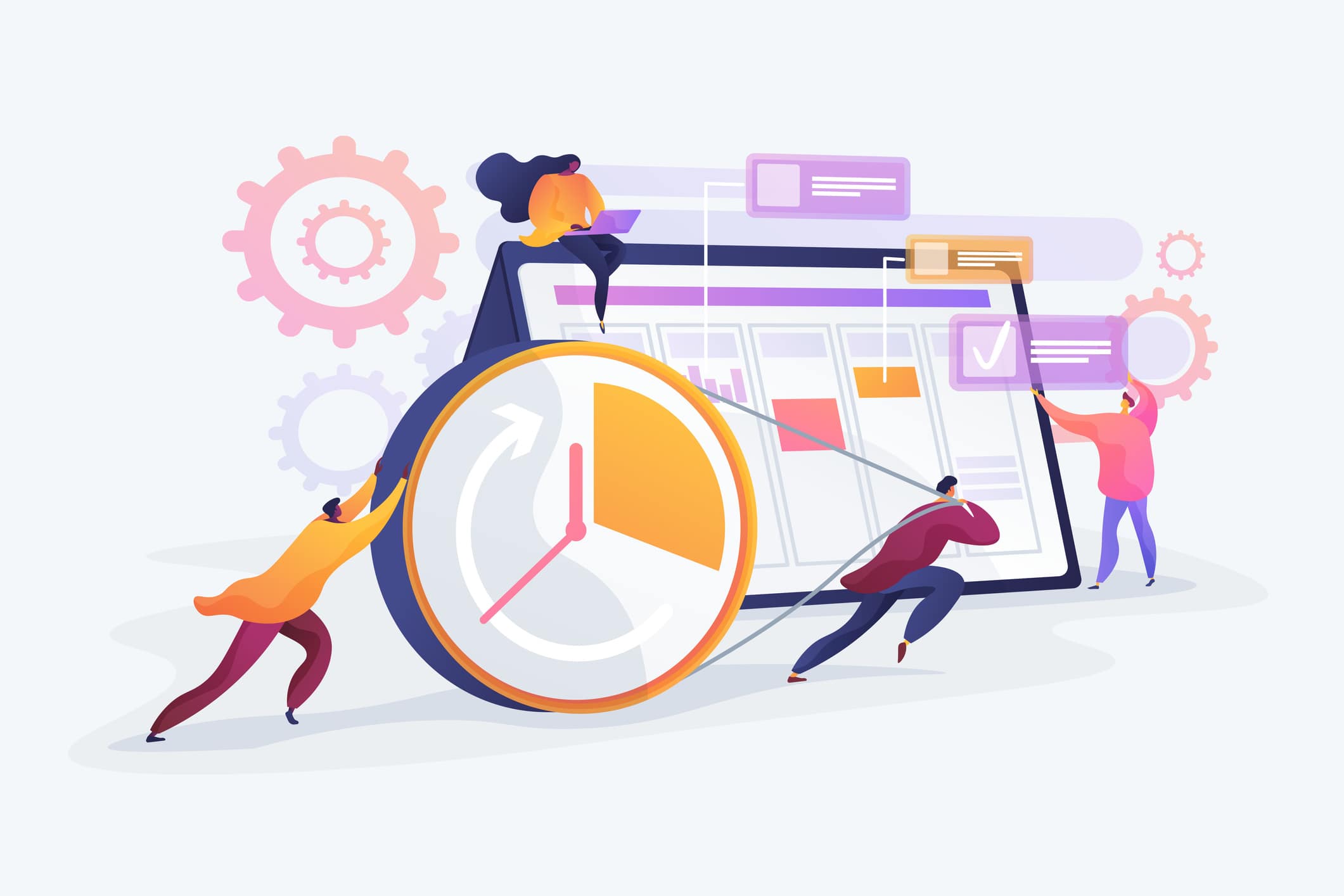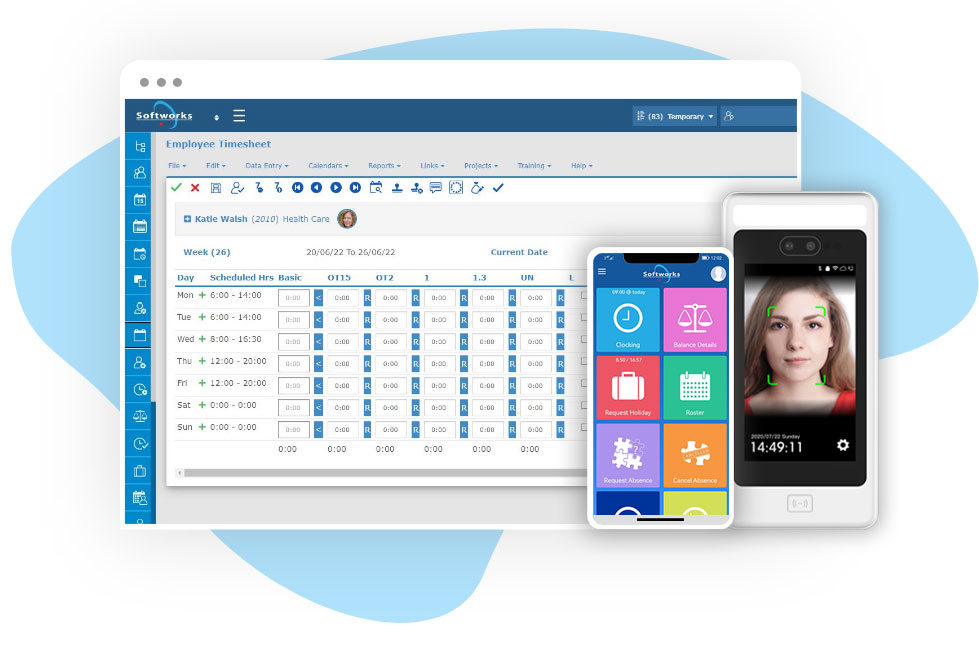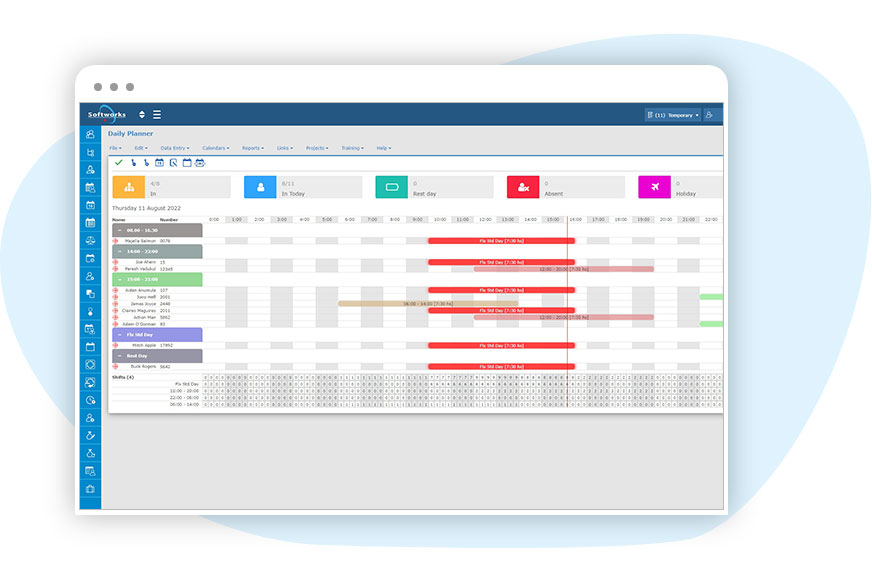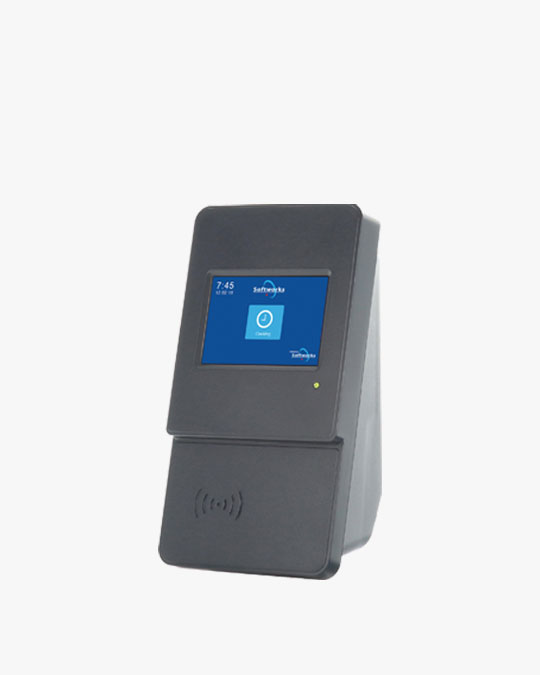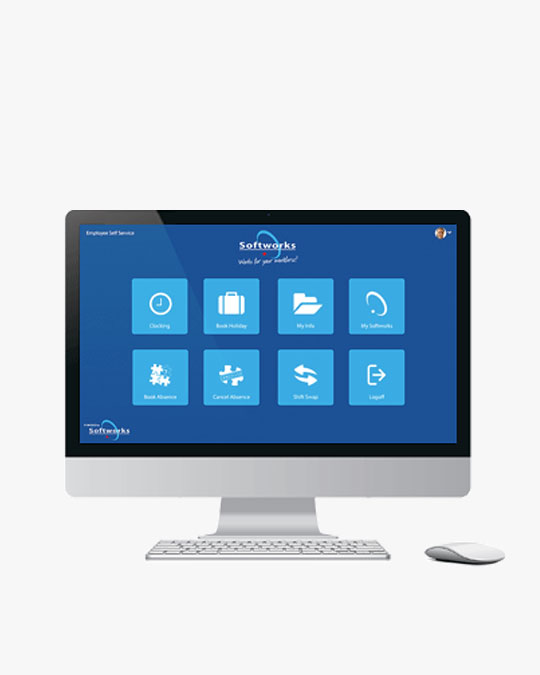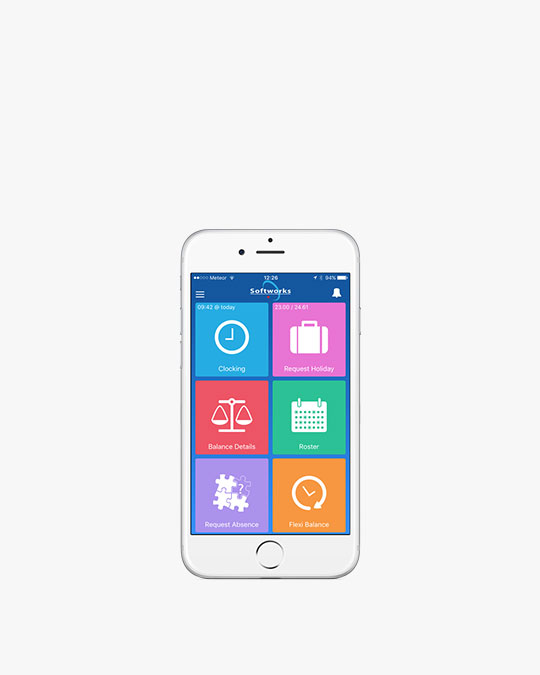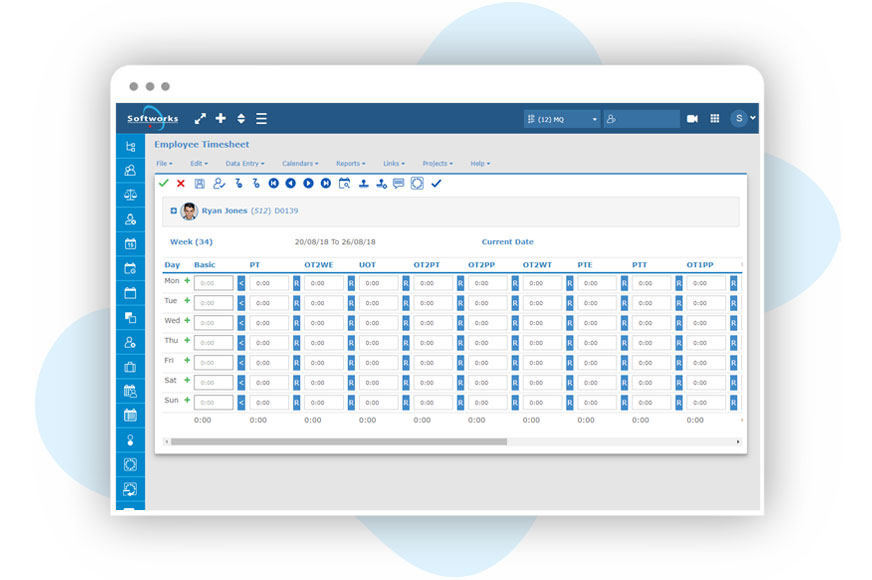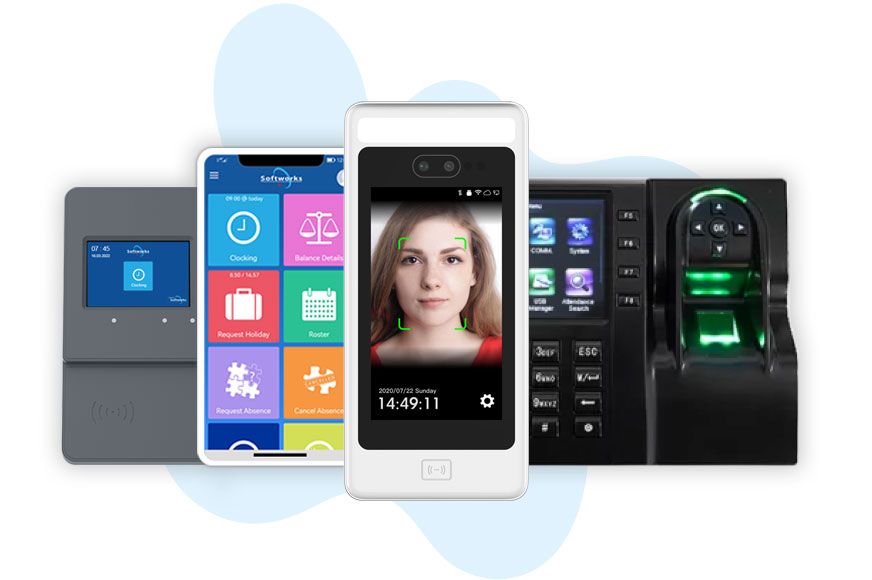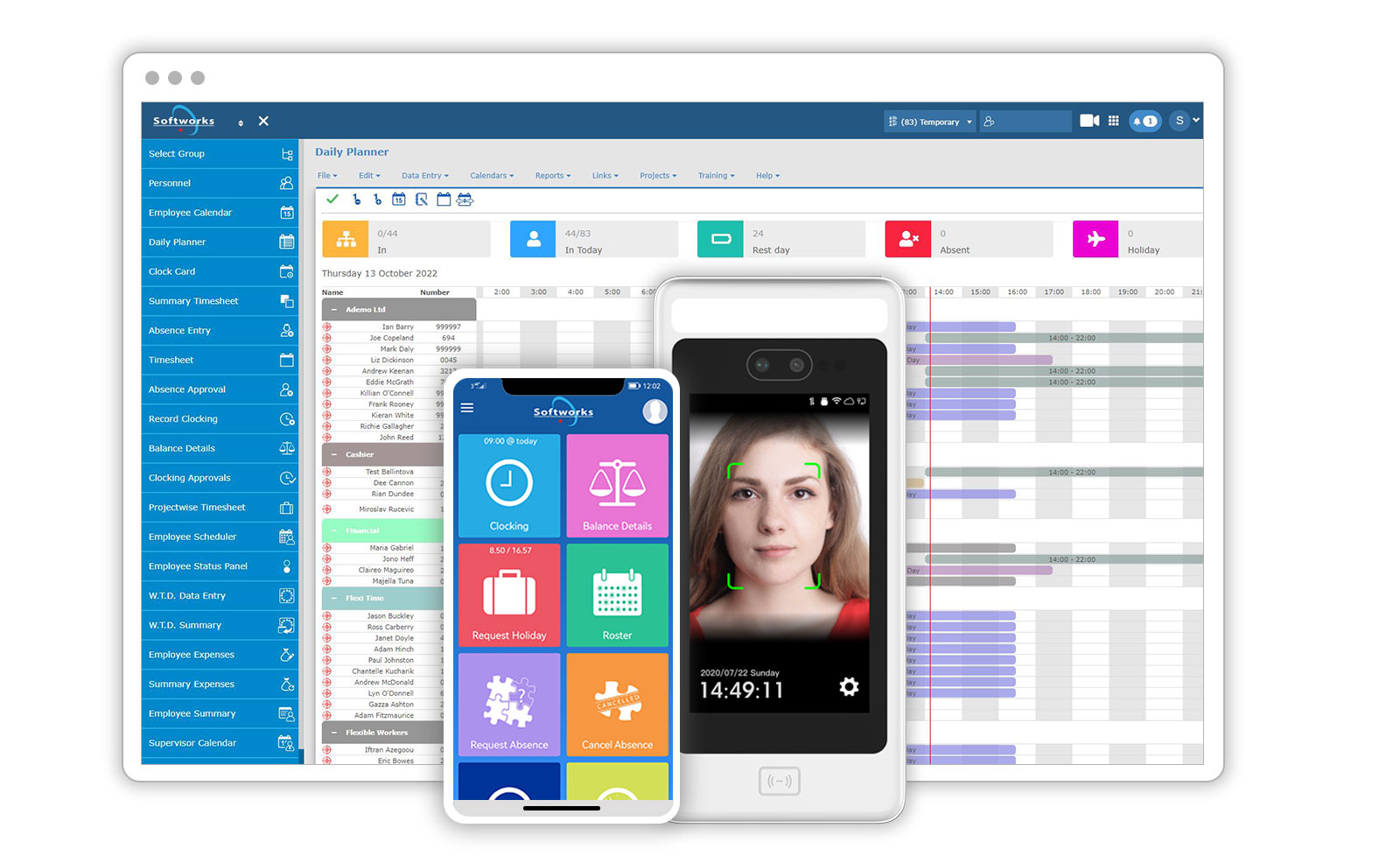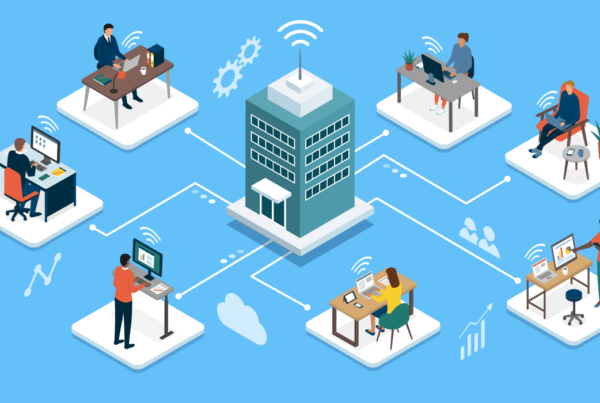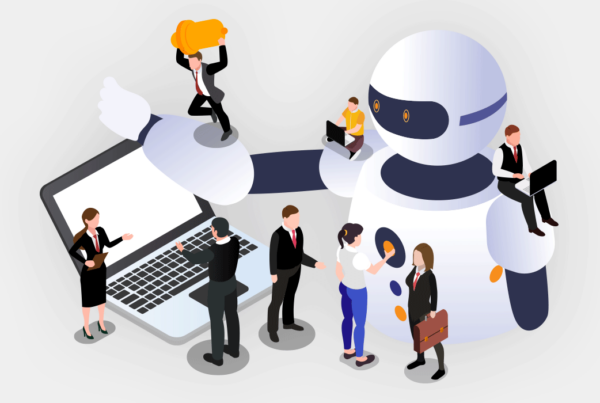Time and attendance management is a crucial aspect of running a successful business. It involves tracking employee hours worked, their attendance, and managing time-off requests, such as vacation, sick leave, and more. Traditionally, this process was manual and time-consuming, but with the advent of technology, time and attendance management can now be automated using software.
Time and attendance management software is a powerful tool that can help businesses streamline their operations, reduce labor costs, and improve compliance with labor regulations. With so many options available, it can be difficult to determine which software is right for your business. In this article, we will take a closer look at what time and attendance management software is, its key features, and how it can improve your business. We will also provide some tips on how to choose the right time and attendance management software for your business.
- Introduction to Time and Attendance Management Software
- Key Features of Time and Attendance Management Software
- Collecting employee information with a Time and Attendance System
- How Time and Attendance Management Software Can Improve Your Business?
- How to Choose the Right Time and Attendance Management Software?
Introduction to Time and Attendance Management Software
Definition: Time and attendance management software is a software application that automates the process of tracking employee hours and attendance. The software allows businesses to track employee time, attendance, and leave, as well as manage shifts and reporting.
Benefits: Using time and attendance management software has a number of advantages, including increased productivity, better accuracy and reliability, reduced administration, lower labor costs, and better adherence to labor regulations. The software automates the time-consuming manual process of keeping track of employees’ hours and attendance, enabling businesses to save time and money.
Once considered a luxury afforded only to large-scale organizations, time and attendance systems have now become an essential tool in any organization’s toolbox. Utilized by organizations large and small, and across a range of industries, these systems enable managers to drive productivity and profitability.
Learn more: What is Softworks Time and Attendance Software?
Key Features of Time and Attendance Management Software
Time Tracking: A crucial component of time and attendance management software is time tracking. Employees can log their hours worked using a variety of methods, including manual entry, biometric scanning, and mobile apps, thanks to the software. This data is then centralized in a database for easy access and reporting.
Attendance Tracking: Businesses can use the software to track employee attendance, including time off for vacations, sick days, and other reasons. Additionally, the software offers a comprehensive view of employee attendance patterns, making it easier to identify trends and areas for improvement.
Payroll Integration: The software integrates with existing payroll systems, allowing businesses to directly import employee hours and attendance data into the payroll system for accurate and efficient processing. This significantly reduces payroll processing time and has a direct impact on cost savings.
Reporting and Analytics: The software includes a number of reports, dashboards and analytics tools to assist businesses in tracking employee hours and attendance, as well as monitoring trends and identifying areas for improvement.
Collecting employee information with a Time and Attendance System
Time and attendance software have come a long way since they were first developed. A modern time and attendance system will empower employees with the responsibility of their worked hours and can provide you with a range of clocking options like Biometric Terminals, Proximity Clocks or a Mobile App.
Biometric terminals
Biometric terminals, such as the touchless biometric face or fingerprint recognition with fever recognition, provide a high level of security and accuracy in recording employee time and attendance. They are ideal for industries that require strict compliance with security measures and need to prevent time fraud or buddy punching.
Proximity clocks
Proximity clocks use RFID, HiD or MIfare technology to track employee time and attendance. They are convenient and easy to use, as employees simply need to wave a proximity card or fob near the clocking device to record their time. Proximity clocks are commonly used in industries where employees need to move in and out of different areas within a facility, such as manufacturing or healthcare.
Desktop PC clocking
Desktop PC clocking allows employees to log in and out of their work hours using their computer. This option is ideal for employees who work primarily on a computer and do not have physical access to clocking devices.
Mobile phone App clocking
Mobile phone App clocking enables employees to use their smartphones to clock in and out. This option is convenient for remote or mobile workers who may not have access to traditional clocking devices.
Honor-based email timesheets
Honor-based email timesheets rely on employees to manually enter their worked hours and send them via email. This option may be suitable for small organizations or industries with flexible work arrangements, but may not be ideal for organizations that require accurate and verifiable time tracking.
Pin time clocks
Pin time clocks require employees to enter a personal identification number (PIN) to record their time. They are simple and cost-effective, but may not provide the same level of security as biometric or proximity clocks, as PINs can be shared or forgotten.
Hand punch clocks
Hand punch clocks use biometric technology to verify an employee’s identity based on the shape and size of their hand. They are reliable and secure, but may not be suitable for all industries or work environments.
Learn more: What clocking options does Softworks offer?
How Time and Attendance Management Software Can Improve Your Business?
Increased Productivity
Time and attendance management software helps increase productivity by automating the manual and time-consuming process of tracking employee hours and attendance. This frees up time for other important tasks, such as analyzing data and making improvements to the business.
Improved Accuracy and Reliability
Time and attendance management software helps improve accuracy and reliability by eliminating manual errors and providing a centralized database for storing and accessing employee hours and attendance data. This helps businesses avoid costly mistakes and ensure that employees are paid accurately and fairly.
Reduced Labor Costs
Time and attendance management software helps reduce labor costs by automating the process of tracking employee hours and attendance. This helps businesses avoid overpaying employees, as well as minimize the time and resources required to process payroll and handle leave requests. Additionally, the software can help businesses identify areas where they can reduce labor costs, such as scheduling fewer employees during slow times or reducing the number of overtime hours worked.
Enhanced Scheduling
Time and attendance management software can provide valuable insights into employee attendance patterns, which can help businesses improve their scheduling processes. By having a clear understanding of employee availability and attendance, businesses can make informed decisions about scheduling, reducing the risk of over- or under-scheduling.
Better Compliance with Labor Regulations
Time and attendance management software helps ensure better compliance with labor regulations by providing a centralized database for tracking employee hours and attendance. This helps businesses avoid potential legal issues, such as failing to pay employees for overtime or not following proper leave procedures. Additionally, the software can help businesses stay up-to-date with changes in labor regulations, ensuring that they are always in compliance.
Time and attendance management software can help businesses improve their operations in a number of ways, from increasing accuracy and productivity to improving compliance and cost management. By streamlining the process of tracking employee hours and attendance, businesses can save time, reduce errors, and make informed decisions about their workforce.
How to Choose the Right Time and Attendance Management Software?
1. Determine Your Business Needs
To choose the right time and attendance management software for your business, it is important to determine your specific needs. Consider factors such as the size of your business, the number of employees, all the workforce management processes and procedures in your company, and the type of industry you are in. This will help you identify the software that is best suited for your business.
2. Consider the User Experience
Another important factor to consider when choosing time and attendance management software is the user experience. Look for software that is easy to use, intuitive, and has a user-friendly interface. This will help ensure that employees are able to quickly and easily log their hours and attendance, reducing the risk of errors and increasing accuracy.
3. Evaluate Integration Options
Time and attendance management software often integrates with other software applications, such as payroll systems and HR software. When choosing software, be sure to evaluate the integration options available and choose a software that integrates seamlessly with other systems your business is already using.
4. Review Security and Data Privacy
Finally, it is important to review security and data privacy when choosing time and attendance management software. Look for software that has strong security features, such as encryption, to protect sensitive employee data. Additionally, consider the company’s data privacy policies to ensure that they align with your business’s policies and practices.
Conclusion
Time and attendance management software is a powerful tool that can help businesses streamline their operations, reduce labor costs, and improve compliance with labor regulations. To choose the right software for your business, it is important to consider factors such as your business needs, user experience, integration options, and security and data privacy. With the right time and attendance management software in place, businesses can enjoy increased productivity, improved accuracy and reliability, and better compliance with labor regulations.
Recap of Key Points:
Time and attendance management software automates the process of tracking employee hours and attendance.
The software includes key features such as time tracking, attendance tracking, leave management, shift management, payroll integration, and reporting and analytics.
Time and attendance management software can improve business by increasing productivity, improving accuracy and reliability, reducing labor costs, and ensuring better compliance with labor regulations.
To choose the right software, businesses should determine their needs, consider the user experience, evaluate integration options, and review security and data privacy.
Request a free Demo!
Take the first step towards a complete workforce management solution. Talk to us today!
About Tomislav Rucevic
Tomislav Rucevic, an SEO Specialist at Softworks, stands out as more than just a marketer. He’s a fervent writer and influential thinker passionate about Workforce Management, HR, and work-life dynamics. Holding an MBA in Marketing, Tomislav excels in creating content that delves into the complexities of the modern workplace.
His dedication to writing on these topics is highlighted in his MBA thesis, which examined the link between Employee Motivation and Quality Improvement. At Softworks, he expertly merges his SEO skills with his writing prowess, contributing to the company’s digital success and advancing discussions on enhancing work environments and achieving work-life balance.
